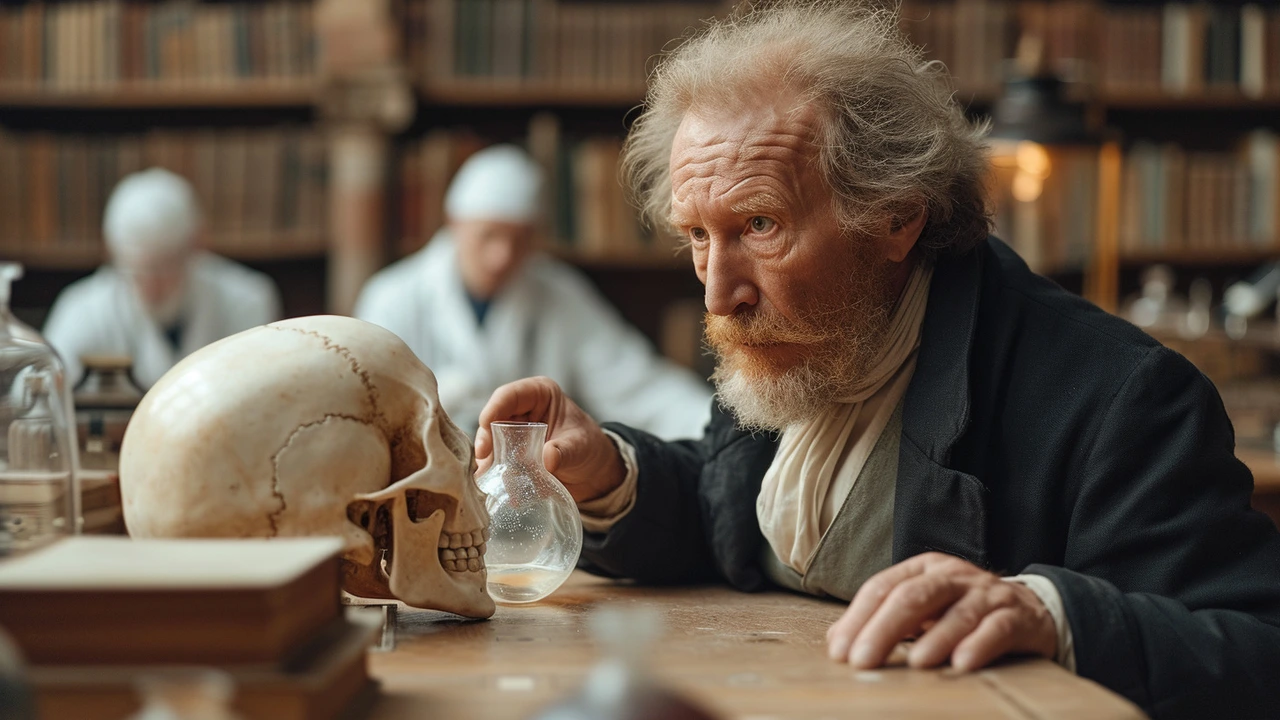Medicine: How Design, History and Art Shape Health
Design affects recovery. Hospitals, clinics and public health spaces either help people heal or make their stay harder. This tag collects practical ideas and stories about medicine where it meets architecture, art and everyday life.
Want quick takeaways? Start by scanning spaces for light, air, noise and nature — these four things change how patients feel and how staff work. You don’t need a degree to notice them: is daylight reaching the bed? Can fresh air move through the room? Are alarms and HVAC noisy? Is there a window view or plants nearby? Those answers tell you a lot fast.
Quick checklist for healing spaces
Use this short checklist when you visit a hospital, clinic or any health-related building. It helps designers, family members and curious readers spot what works and what needs fixing.
- Natural light: Look for windows, skylights or indirect lighting that reduces glare. Evidence shows daylight improves mood and sleep patterns.
- Air quality and circulation: Check vents, openable windows, and the presence of plants in waiting areas. Good ventilation lowers infection risks and keeps staff alert.
- Noise control: Notice hard floors, loud corridors, and how staff communicate. Soft finishes, carpeting in non-clinical zones, and separate service corridors reduce stress.
- Wayfinding: Clear signs, simple floor plans, and visible reception desks cut confusion and speed up care. Color-coded floors or distinct landmarks help people find their way.
- Access to nature: Even small gardens, courtyards or artwork with nature themes make a measurable difference in recovery and stress levels.
How we cover medicine here and where to go next
On Macklowe Art & Architecture you’ll find articles that look at medical history, hospital architecture, and design principles that support health. Expect pieces on historic healing places, like Roman baths or monastic infirmaries, and modern topics such as patient-centered wards or adaptive reuse of old buildings into clinics.
If you want to learn more fast, search the site for terms like “hospital design,” “healing gardens,” “medical history,” or “adaptive reuse clinic.” For designers: follow case studies and renovation pieces to see real trade-offs between budgets, infection control rules, and patient comfort. For family members: focus on wayfinding and quiet zones to make visits less stressful.
Practical reads we recommend: look for before-and-after project stories, photo tours of wards and waiting areas, and interviews with nurses or facility managers. Those give real-world fixes you can apply immediately — from adding a single plant to suggesting a lighting change at a clinic.
Got a space you want reviewed or a question about healing design? Use the site’s contact form to pitch a story or ask for a practical review. We like digging into specific places and giving clear, usable ideas you can try right away.
Medicine isn't just about doctors and pills — it's also about the places we build for care. Notice the design, ask the right questions, and you’ll start seeing how architecture and art actually shape health.

Revolutionizing Healthcare: The Renaissance's Lasting Impact on Medicine
The Renaissance, a period bursting with innovation in art and science, also marked a pivotal shift in medical understanding and practices. This era, bridging the medieval and modern worlds, not only changed the way we perceive our bodies and health but also set the foundation for modern medicine. Through rediscovering ancient texts and fostering a new spirit of inquiry, medical practitioners began to challenge and expand the horizons of medical knowledge. This article delves into how the Renaissance redefined medicine, highlighting key figures, advancements, and the enduring influence of this transformative period on today's healthcare.
Read more